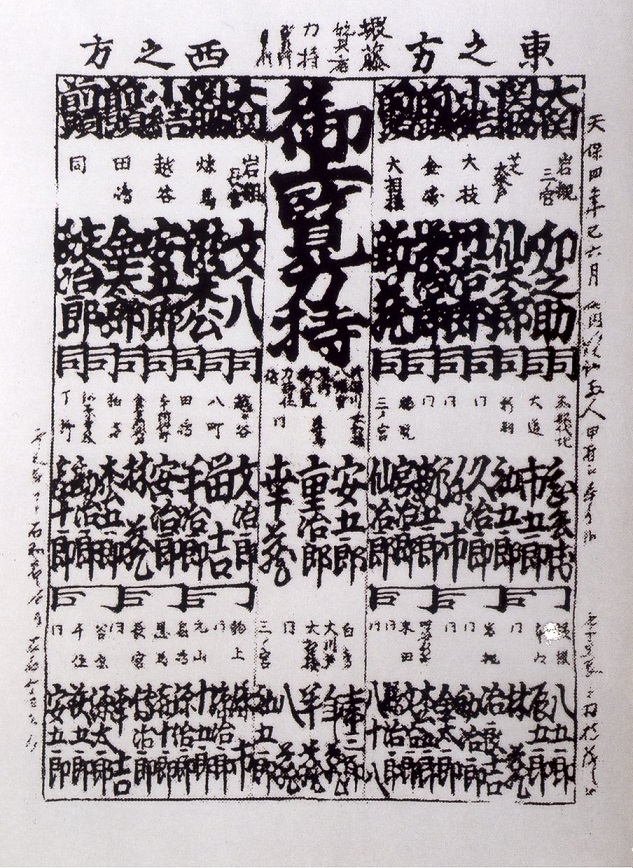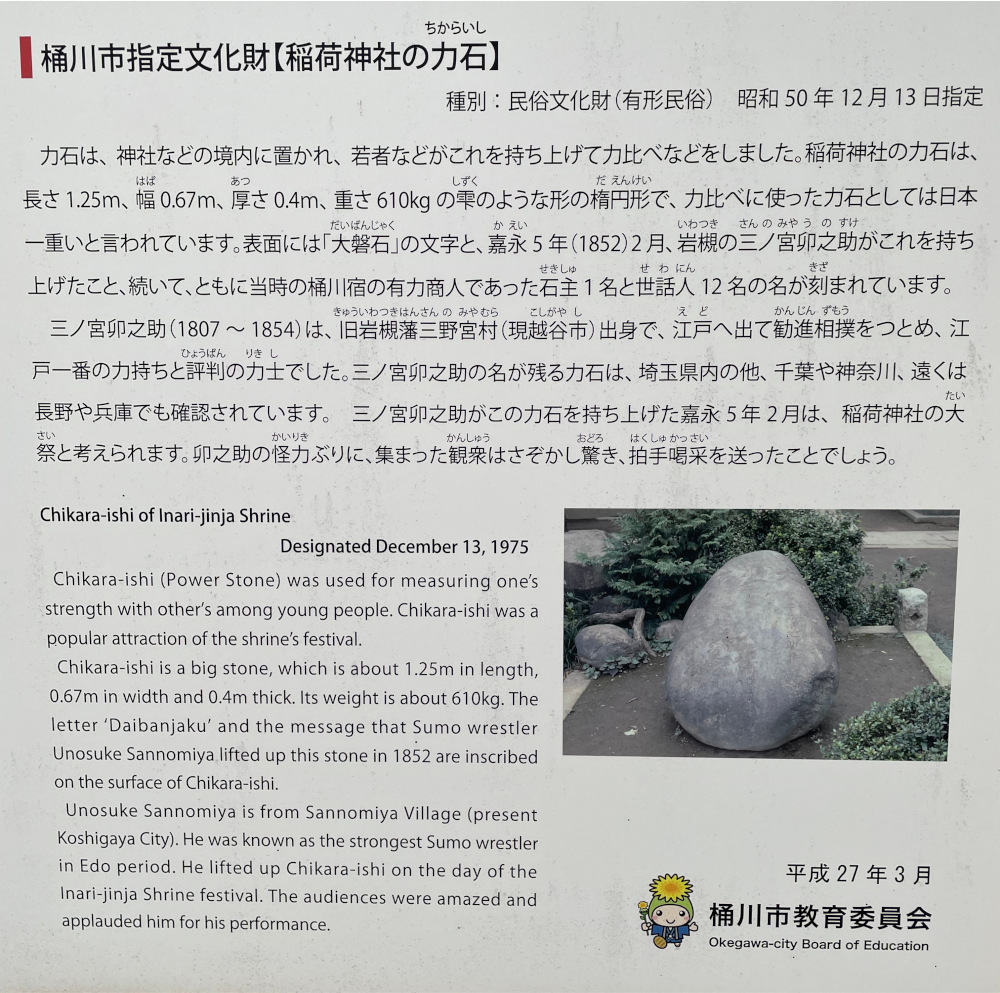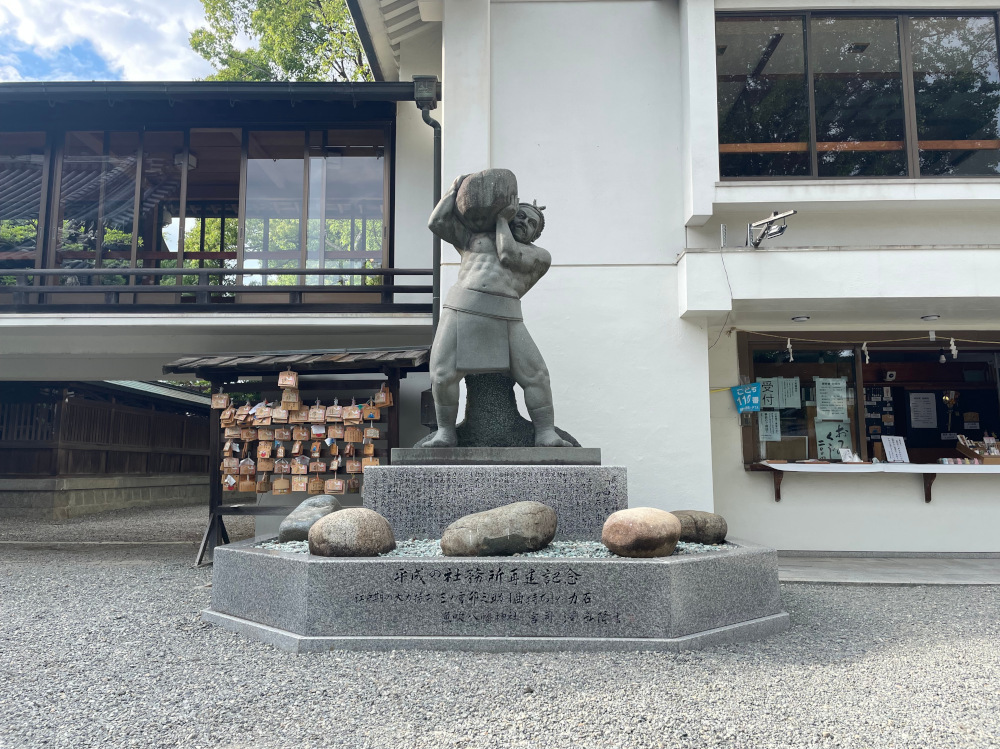Sannomiya Unosuke was not a sumo wrestler
Affected article: 大盤石 — Japan’s heaviest power stone
Corrected: 2023-07-21
In an earlier version of this article, I claimed that Sannomiya Unosuke was a sumo wrestler, this is incorrect. He was solely a strongman.
The banzuke
In professional sumo, wrestlers are ranked based on their performance in the previous tournament. If a wrestler performs well, he gets promoted to a higher rank. And if he performs poorly, he gets demoted to a lower rank. The list of rankings in sumo is called the banzuke.
The highest rank on the banzuke is Yokozuna, however the rank is a relatively recent addition, first appearing on the banzuke in 1890. Before then, Ōzeki was the top rank.

Sannomiya Unosuke was ranked as an Ōzeki — the highest rank at the time on the banzuke. But not the sumo banzuke. Rather, he was ranked Ōzeki on the strongman banzuke.
In the past, banzuke were used to rank all sorts of things, including hot springs and restaurants. Since the terms banzuke and ōzeki are seen primarily in modern-day Sumo, I made the mistake of assuming that these terms were being used in the same context.
I double-checked that Sannomiya Unosuke never ranked in professional sumo using sumodb.sumogames.de, a comprehensive website containing professional sumo information going back centuries. Sannomiya Unosuke isn’t listed at all.
Once I learned that Sannomiya Unosuke had been ranked Ōzeki on the strongman banzuke and not the sumo banzuke, I was pretty confident that he wasn’t actually a sumo wrestler — but there was another confusing obstacle in the way.
An official sign and translation
The confusing obstacle was a sign placed by Okegawa City’s Board of Education that refers to Sannomiya Unosuke as a sumo wrestler:

He was known as the strongest Sumo wrestler in Edo period.
The Japanese term for a sumo wrestler, 力士 (rikishi), is used in the Japanese text too. So at first glance the translation seems ok. But there’s a little more nuance: The 力士 used here intends to refer to Sannomiya as a strong man — a rough translation of 力士’s original meaning — and not sumo wrestler specificially.
力士 is written with the kanji 力 meaning ‘strength’ and 士 from ‘bushi’ (a samurai). Nowadays, 力士 is almost always used to refer to sumo wrestlers, meaning this nuance and context was lost.
Even more confusingly, the Japanese text also reads:
江戸へ出て勧進相撲をつとめ、江戸一番の力持ちと評判の力士。
(Roughly) saying that Sannomiya Unosuke went and served as a promotional sumo wrestler. The key word here is 勧進相撲 (kanjinzumou): a term for fund-raising sumo wrestling tournaments which were common during the Edo period. If this were true, it would confirm that he was a wrestler — at least in some capacity. But I still wasn’t convinced. And after looking deeper, trying to find more evidence, I couldn’t find any other mentions of him performing kanjinzumou.
Since my Japanese isn’t good enough to comb through documents interpreting the language’s nuance, I decided to reach out to the top Japanese power stone researcher in the world, Takashima Shinsuke, and ask for a definitive answer.
Takashima-san told me that Sannomiya wasn’t a sumo wrestler — just a strongman. And that strongmen and sumo wrestlers were both referred to as 力士, supporting my interpretation of the mistranslated sign. Then, when I asked about the word kanjinzumou on the sign, he replied “kanjinzumou in that description is an error.” — it is simply false.
So there we have it. Sannomiya Unosuke was not a sumo wrestler.
Sadly, the mistake of calling Sannomiya Unosuke a sumo wrestler was an easy one to make. Partly due to the mistranslation, but also because Sumo wrestlers are known to have lifted power stones. Most depictions of Sannomiya Unosuke (in monuments or drawings) have him wearing mawashi, similar to that of a sumo wrestler too.

Other changes
Wording
In the previous version of this article, I wrote that Sannomiya Unosuke leg pressed the stone which may have confused some people.
I felt that saying ‘leg press’ was a little misleading, and could be interpreted as lowering the stone a significant amount before extending the legs, so I’ve restated that line for clarity.
The feat was almost certainly closer to supporting the stone with his feet — as seen in similar feats of strength by other famous strongmen and strongwomen in the past. Any extension of the legs was likely small.
Article title
The original article title was awkward. I made it much simpler.
Top 5 article
The Top 5 heaviest lifting stones article was also affected by this error, and has been corrected.
Other affected media
Colin Bryce refers to “sumos leg-pressing 700kg stones” in the Giants Live podcast interviewing Odd Haugen. Colin was likely referencing the old version of the article and its mistakes.
Read the liftingstones.org letters
Join thousands of other stonelifters who read the world's most popular stonelifting newsletter.